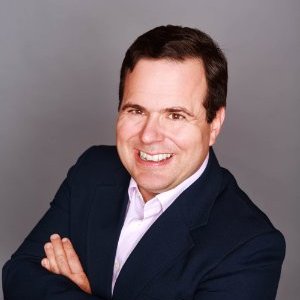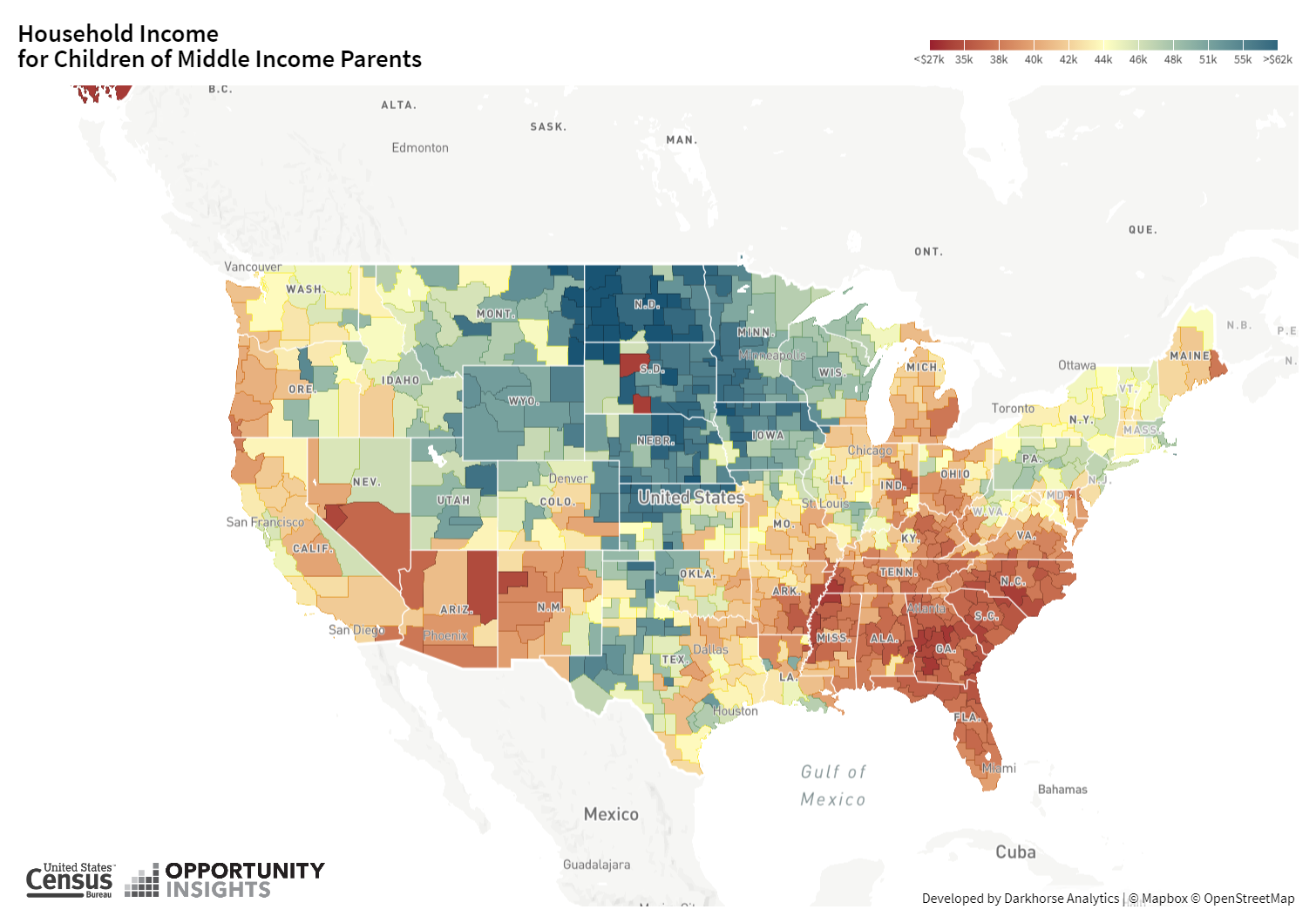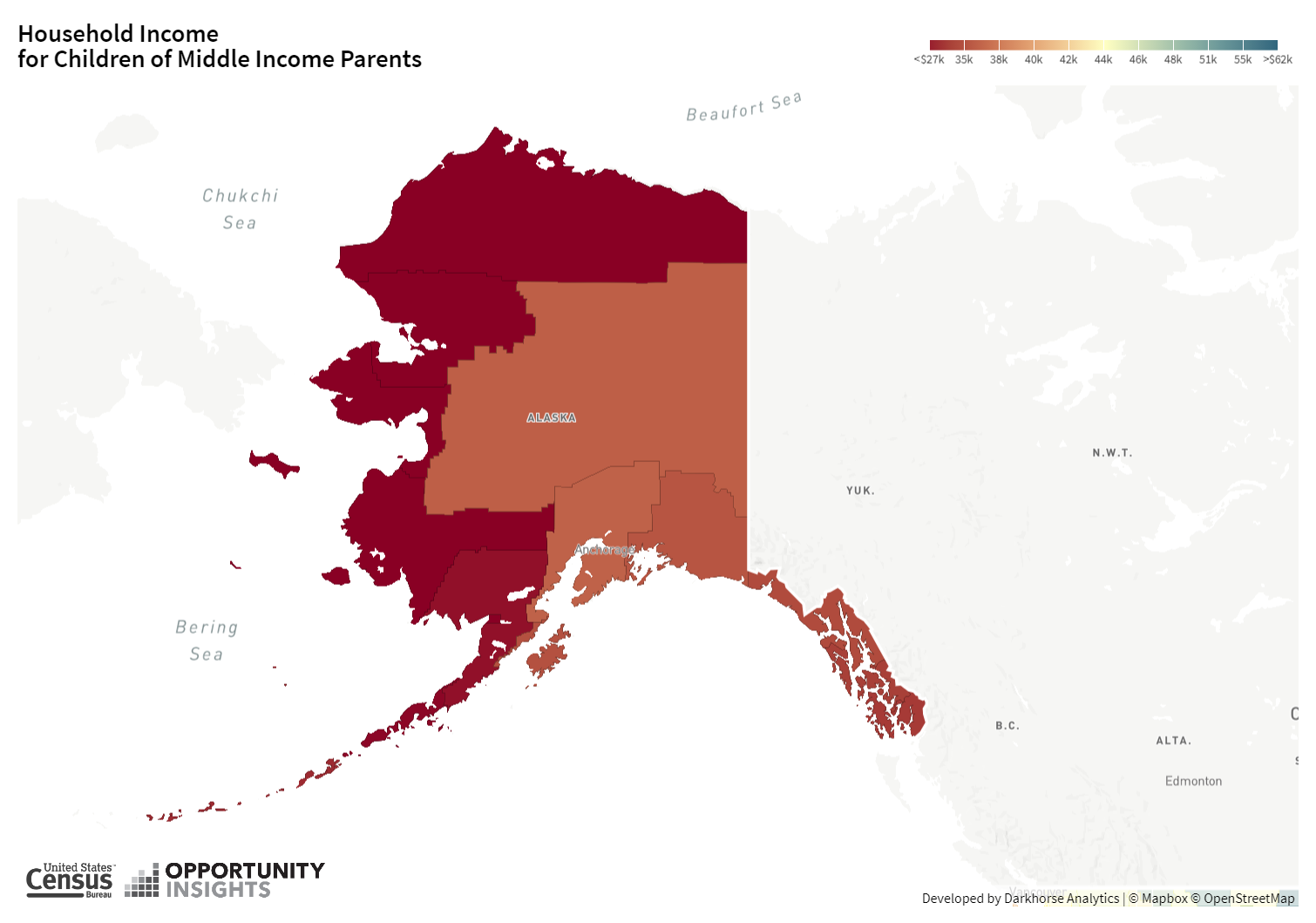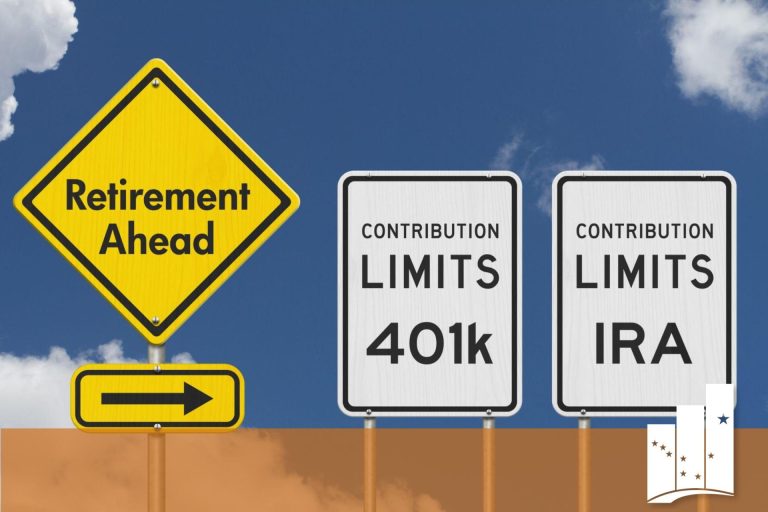
It’s time for something new this October. I want to talk about opportunity. I remember 20+ years ago when I was in my sophomore year at college and the University was talking about shutting down the Geography Department. “Geography is dead!” went the thinking. No sooner had those words been uttered than the first version of Geographic Information System (GIS) software came on the market. The Geography Department still died (it took a couple more years than expected), but now GIS and geography are ubiquitous across disciplines including geology, biology, economics, political science, public health, sociology, and the list goes on. GIS is now walking around hand-in-hand with its best friend “Big Data” and increasing our ability to see what’s happening in our world in greater than ever detail. In just the last month, the U.S. Census Bureau and researchers at Harvard University and Brown University launched The Opportunity Atlas which allows us to test the basic American tenet that children should be able to do better than their parents.
Unfortunately, that belief is becoming more myth than reality with each passing decade. Children born in 1940 had a nearly 90 percent chance of being better off than their parents, but children born in the early 1980s had a 50 percent chance. Upward social mobility (i.e., the concept that one can be born into a family at one income group and have a shot at climbing to a higher group) is lower in the U.S. now that it is in Canada and Western Europe. If you’re a child born to parents in the bottom 20% of all US income earners you’ve got just a 7.5 percent chance of making it to the top 20%. Countries such as Canada and Denmark can nearly double that chance. The American dream has stagnated and that’s important because when there’s no chance to improve your lot in life, the desire, hope, belief, and dreams that fuel ambition suffer. We all benefit when our society is made up of ambitious citizens from all walks of life who believe that tomorrow can be better than today.
The power of the Atlas is that it allows us to see where the reality of upward mobility is still alive down to the neighborhood level. Just to get us centered, below is an Atlas picture of income for people who are now adults based on their parents’ income and where they were growing up. If an area is blue the middle-class kids in those areas did better than their parents. Pale yellow indicates areas where children grew up to be adults that did about as well as their parents while red areas indicates places where the middle-class dream is struggling. As we can see, broad opportunity to move up the socioeconomic ladder over the last 20-30 years has really been concentrated in the Upper Midwest where low costs of living, low costs of higher education, and resource and agricultural booms provided people with a chance to do better than their parents. In comparison, Appalachia, the Deep South, and the Southwest are places where for most people the American dream is on life support.

Here’s the same picture for Alaska. It’s pretty brutal; Skagway and Haines are the only Borough/Census Areas where “on average” you could say that a middle-income child growing up there 20-30 years ago could expect to exceed their parents’ inflation adjusted income (and you can’t see them in the figure). The results for low-income and high-income kids are as you might expect. There aren’t any areas where low income kids, as a whole, gained ground and in most areas children of high-income families maintained their position towards the front of the pack. Surprisingly, if you were a child of a high-income family from Kodiak to the Aleutians up through Utqiagvik, it was unlikely that you were able to replicate your parents’ success.

The power of the Opportunity Atlas is not so much these big overarching pictures, but to drill down to near neighborhood levels and on specific groups. For example, let’s focus on which areas resulted in the best results for the children of low income families compared to other low-income children Here in the Anchorage and Mat-Su, if you were a child of low-income parents your best shot of reaching middle-income status was if you grew up in the Girdwood census tract, the Huffman/O’Malley census tract, Elmendorf AFD, the South Addition census tract, the Gateway census tract between Wasilla/Palmer, and some areas around Eagle River. However, if you were a poor child in Mountain View, Fairview, Spenard, the areas immediately west of Wasilla, or the areas around/on Fort Richardson then you were more likely to go backwards economically than forwards.

There are exceptions to every rule. It’s very likely that you know someone from very humble beginnings who has done quite well for themselves and perhaps you know someone who had every advantage who hasn’t capitalized on those investments or has chosen a different path. Opportunity, and its ability to breath life into the American dream, are key to keeping the that dream alive. Across the nation, real opportunity is in decline and has been for decades. For low-income families, the upper Midwest is the only large area that provides a real chance for these families to climb the economic ladder. In the rest of the country, low-income children do best when co-mingled with middle and upper income children. In Alaska, of the major metro areas, the only locations where low-income kids did nearly as well as everyone else were the Girdwood (ANC), O’Malley/Huffman (ANC), and Gateway (Mat-Su) tracts. There were no tracts in Fairbanks, Juneau, and Kenai which, on the whole, elevated poorer children to middle-income status. In the smaller communities, Skagway stands out and they have the best performing school system in the state according recent testing. If we want an America with fewer diseases of despair (i.e., alcoholism, drug abuse, suicide), a stronger and engaged civil society, and a greater sense of “E Pluribus Unum”, we have to expand these pockets of opportunity so that they cover far more of our children at every socioeconomic stratum.
Jonathan’s Takeaway: Take a tour through the Atlas. You can discover which neighborhoods are most likely to produce teen births (Airport Heights, Big Lake, Wasilla), where children as mostly to stay as adults (the Butte, Girdwood), or where the wealthiest households live (here’s to you Rabbit Creek). More importantly, consider what it means when the chances of opportunity and success are affected by such a large degree by tiny changes in geographic location.
Jonathan King is a consulting economist and Certified Professional Coach. His firm, Halcyon Consulting, is dedicated to helping clients reach their goals through accountability, integrity, and personal growth. Jonathan has 21 years of social science consulting experience including 15 years in Alaska. The comments in this blog do not necessarily represent the view of employers and clients past or present and are Jonathan’s alone. Suggested blog topics, constructive feedback, and comments are desired at askjonathan@apcm.net.
10/17/18






